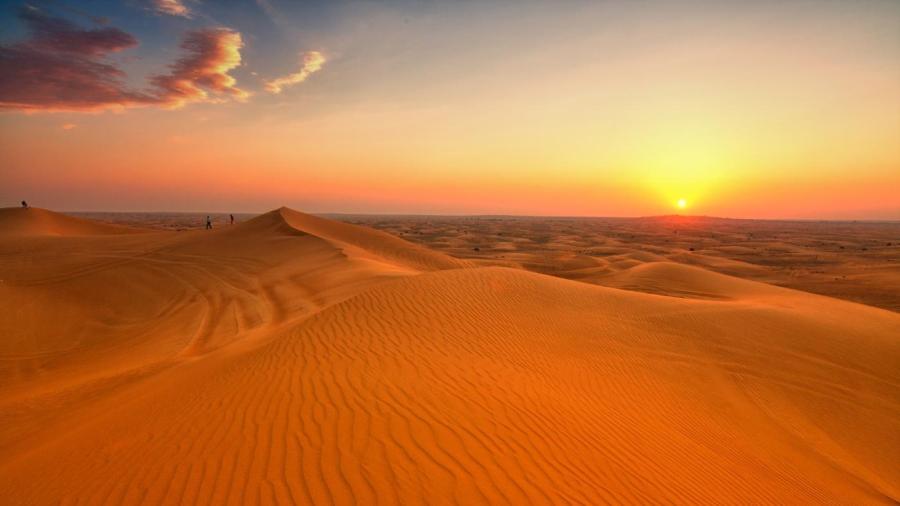What Are the Biotic and Abiotic Factors in Deserts?

The biotic factors that affect deserts include all of the living organisms in the habitat, while the abiotic factors that affect deserts include all of the non-living components of the desert. Typical biotic factors of deserts include plants such as drought-resistant grasses, cacti, aloe plants and other succulents, and common abiotic factors of deserts include the soil, rocks, minerals and sands that make up the substrate.
Despite the barren and harsh nature of deserts, most of them are full of life. Animals also function as important biotic components of desert ecosystems, and common species include coyotes, lizards, snakes, rodents, turtles and birds. Additionally, deserts are home to smaller creatures, such as insects, spiders, scorpions, flies, beetles and centipedes.
Microscopic and single-celled organisms are also important biotic components of desert ecosystems. Bacteria, lichens and amoebas lurk in places with suitable moisture to allow them to survive. Some deserts, such as the Antarctic desert are virtually barren and hold no life forms.
The intense sunlight and winds are also factors that help to shape desert environments. While deserts are typically devoid of much standing water, water is present and is a very important part of the habitat. While rain only falls occasionally, water is often stored in succulent plants and accumulates under covered areas as well.





